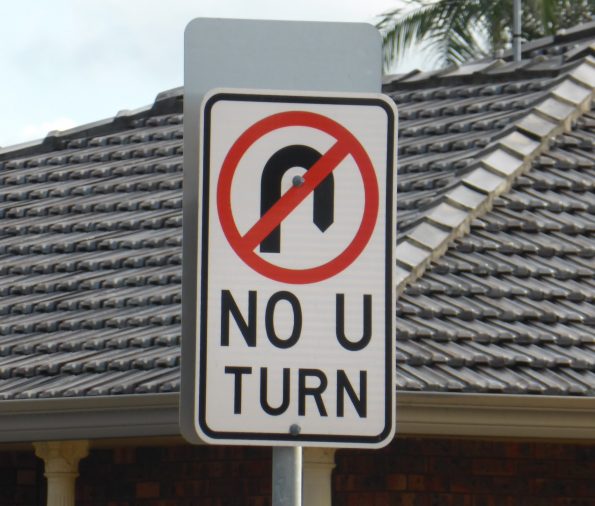In Australia, the rules for making U-turns vary by state and territory, with some common guidelines and specific differences. Here’s a detailed overview:
General Rules Across Australia:
- Signalised Intersections: U-turns are generally illegal at signalised intersections across all states and territories unless there is a “U-turn permitted” sign.
- Non-Signalized Intersections: U-turns are allowed unless there is a “No U-turn” sign.
- Road Markings: U-turns are prohibited across single or double unbroken lines or double lines with an unbroken line on your side.
- Crossings: U-turns are not allowed at children’s crossings, pedestrian crossings, marked foot crossings, and level crossings unless a “U-turn permitted” sign is present.
- Motorways and divided highways: You must not do a U-turn on a motorway or divided highway as you would end up facing traffic.
- Safety: Always ensure you have a clear view of oncoming traffic, use indicators, and complete the turn without obstructing traffic. You must give way to all vehicles and pedestrians.
State-Specific Rules:

- Victoria: Victoria is the most lenient state for U-turns. They are allowed at intersections with or without traffic signals unless prohibited by signage. They are not allowed across unbroken lines. Victoria has a U-turn must give way sign.
- New South Wales: U-turns are prohibited at traffic lights unless there is a “U-turn permitted” sign. They are not allowed on motorways, divided roads, or across any continuous lines.
- Queensland: U-turns at traffic lights are only allowed where a “U-turn permitted” sign is present. They are prohibited where indicated by signage.
- South Australia and Western Australia: Similar rules to NSW, prohibiting U-turns at traffic lights without a “U-turn permitted” sign and across continuous lines.
- Tasmania: Prohibits U-turns across double broken lines, in addition to the general rules shared with other states.
Rules for Large Vehicles:
- The rules generally apply to all vehicles, but extra caution is advised for semi-trailers, b-trains, road trains and other large vehicles due to their size and turning radius.
- Rigid heavy vehicles (MR and HR) may be able to perform U-turns more easily
- There may be additional restrictions in certain areas, such as urban centres or narrow roads, where U-turns are impractical or dangerous.
Specific Signage:


- “No U-turn” Sign: Indicates that U-turns are not allowed.
- “U-turn Permitted” Sign: Allows U-turns where otherwise prohibited.
Dangerous Locations for U-turns:

Even if permitted by law, U-turns can be dangerous in certain situations, including:
- High-speed roads: Highways, where traffic moves quickly
- Blind corners: Areas where visibility is restricted.
- Crests: Areas where visibility is restricted due to the brow of a hill
- Heavy traffic: Busy urban areas or during peak traffic times.
- Near schools and pedestrian-heavy areas: Where unexpected pedestrian movements are frequent.
Always prioritise safety and consider using a side road or driveway if a U-turn seems risky or complicated. For more detailed information, refer to local road authority websites or driving guides specific to each state.
